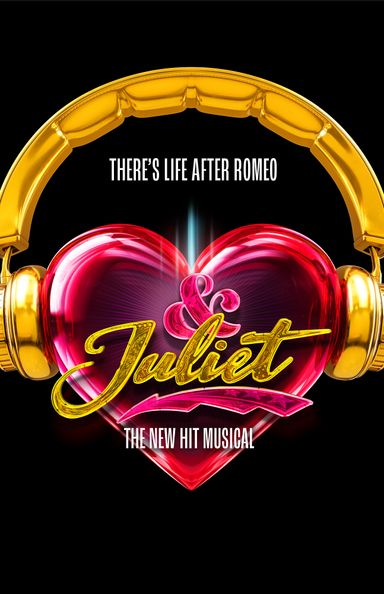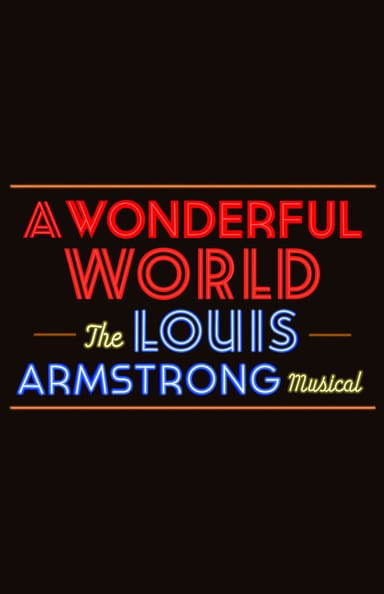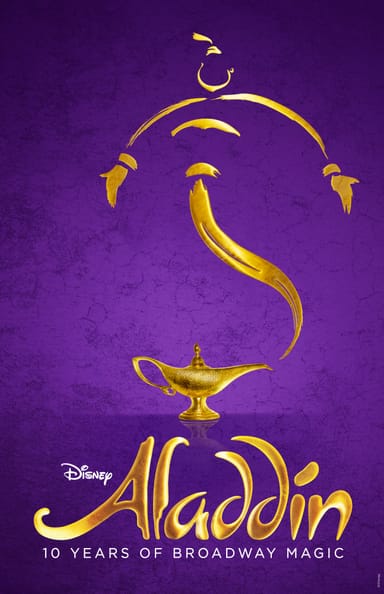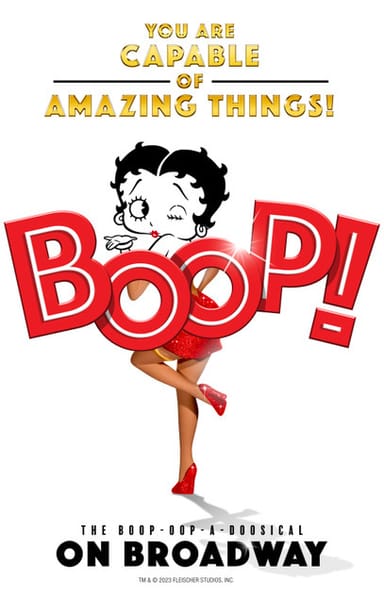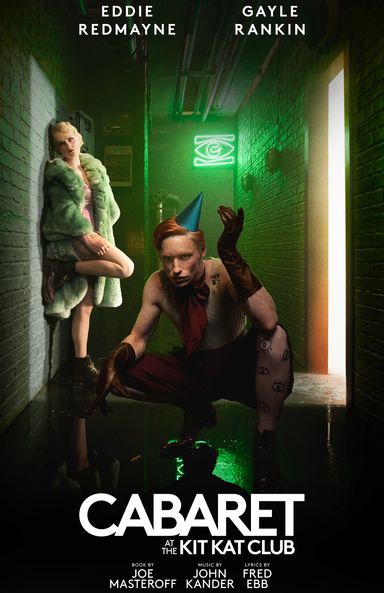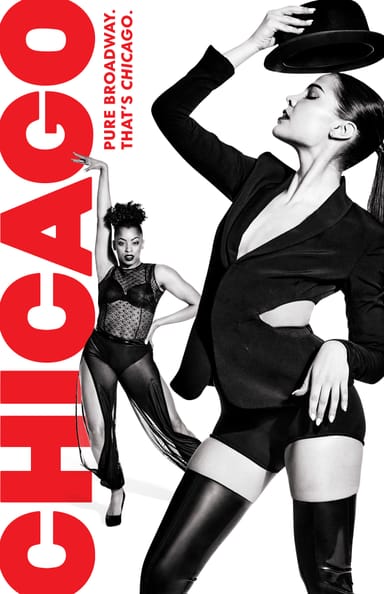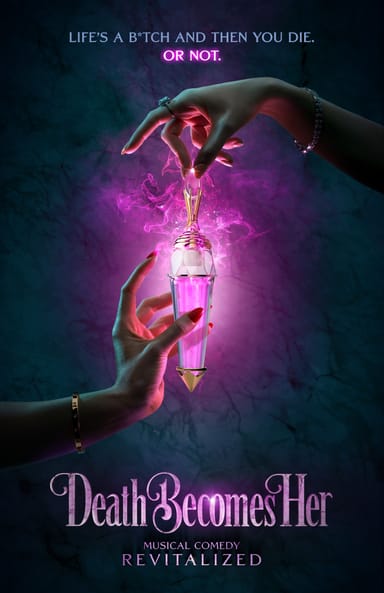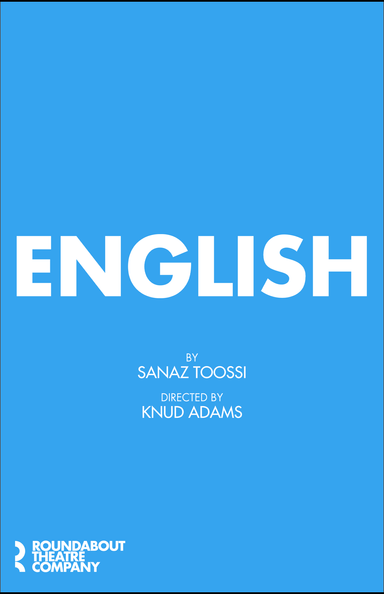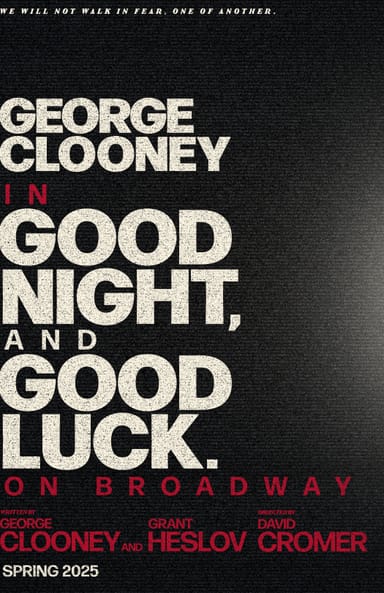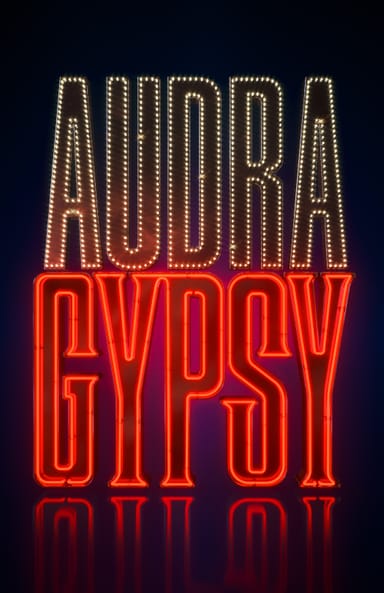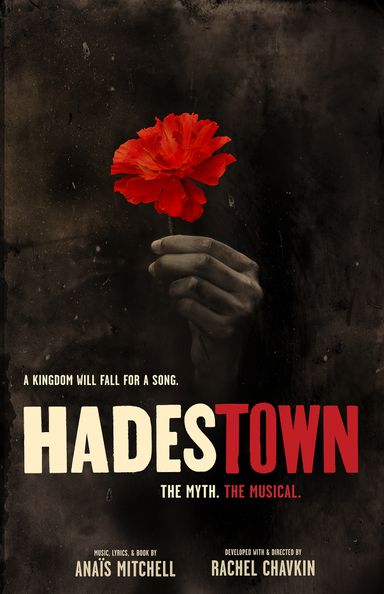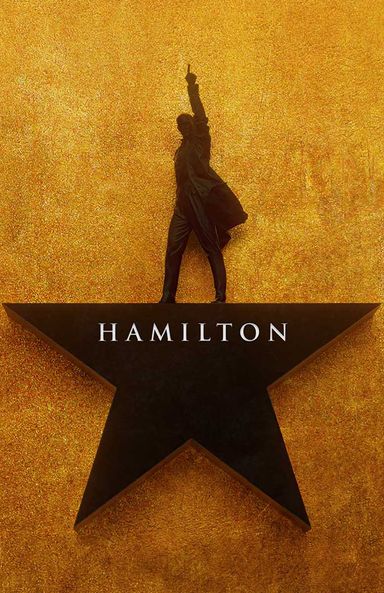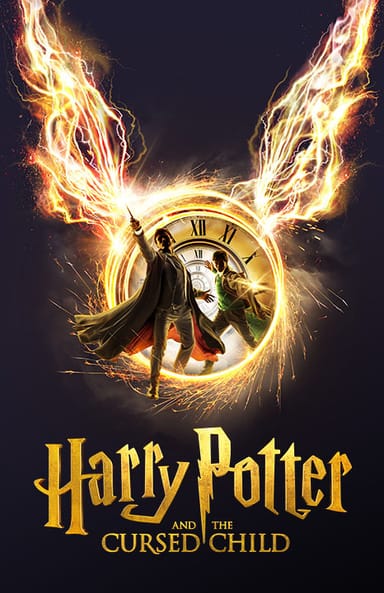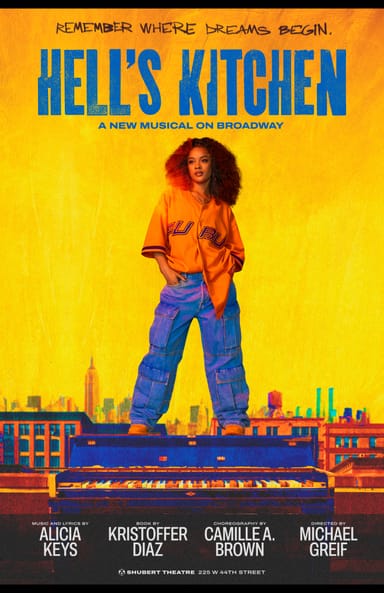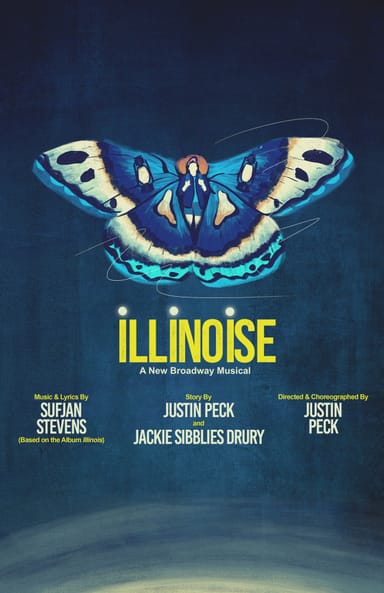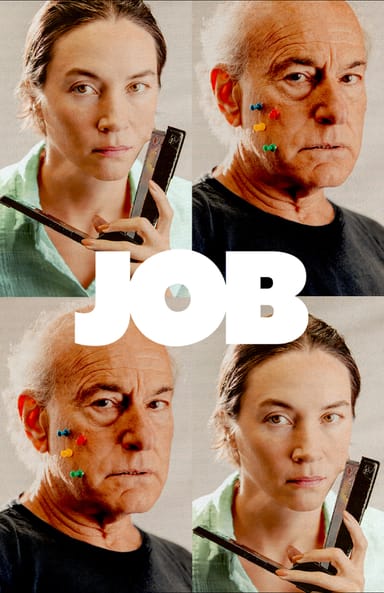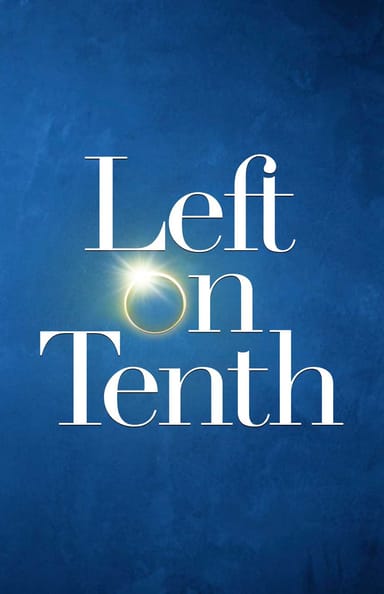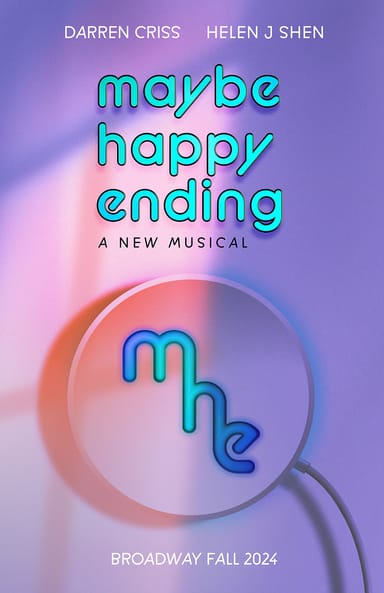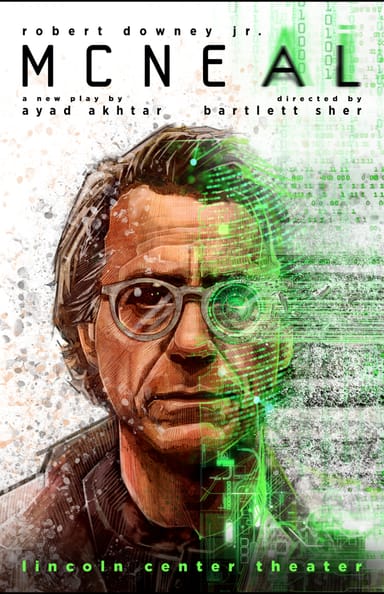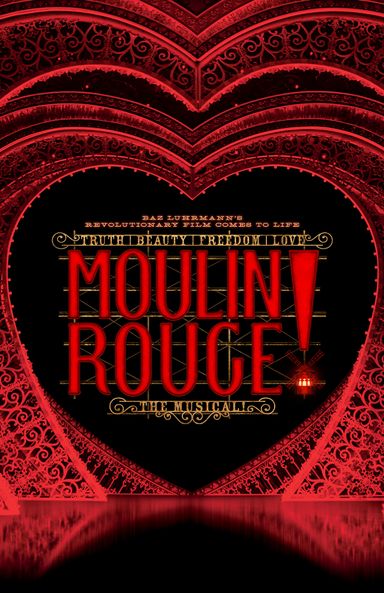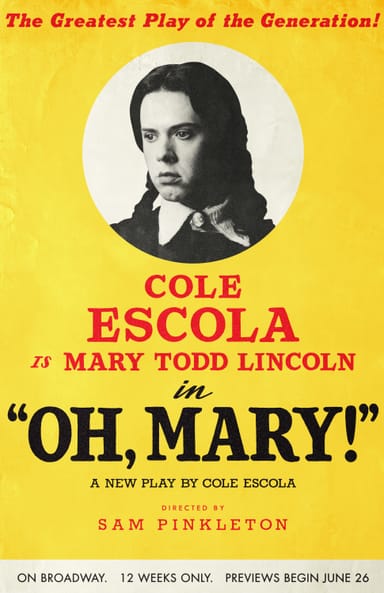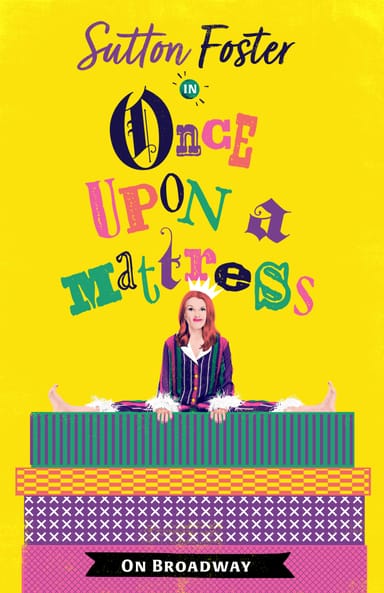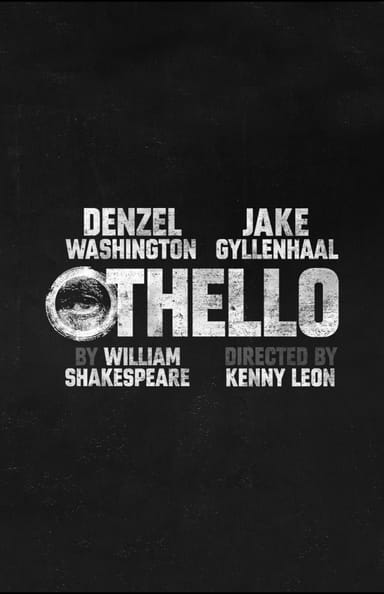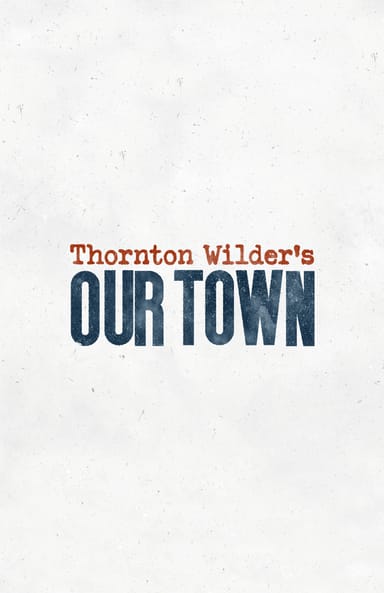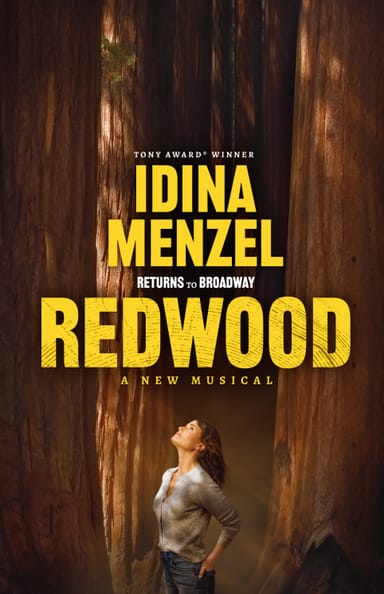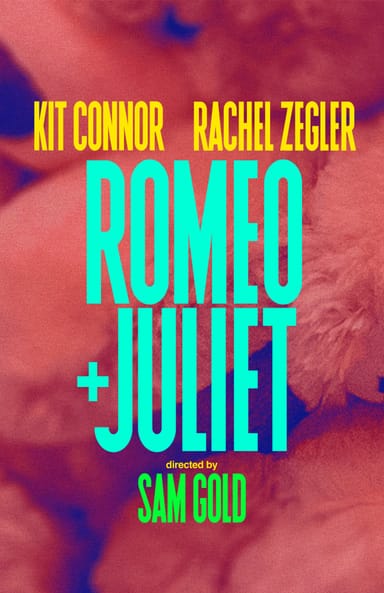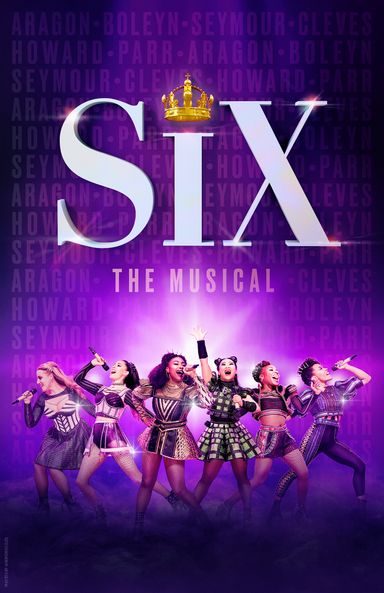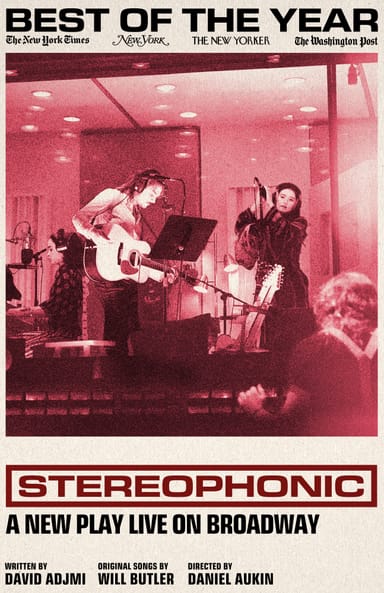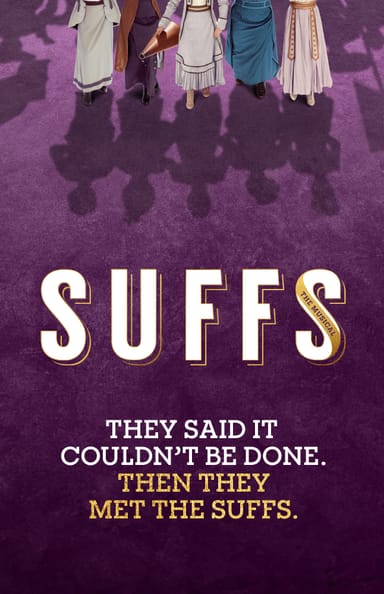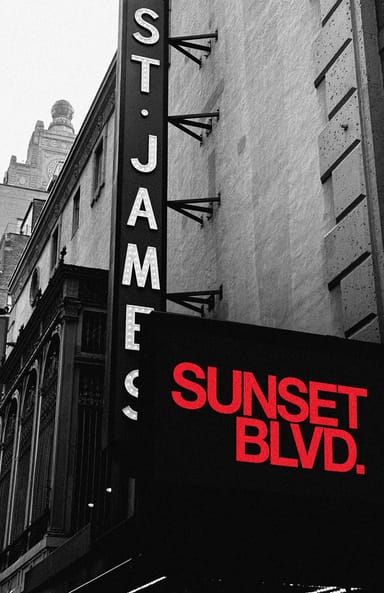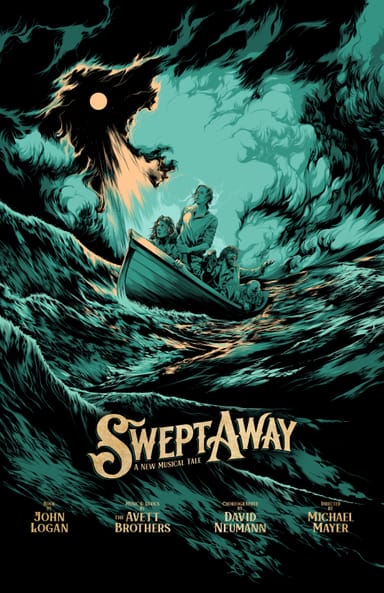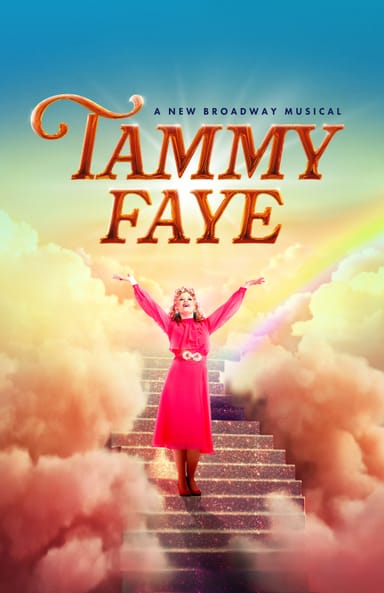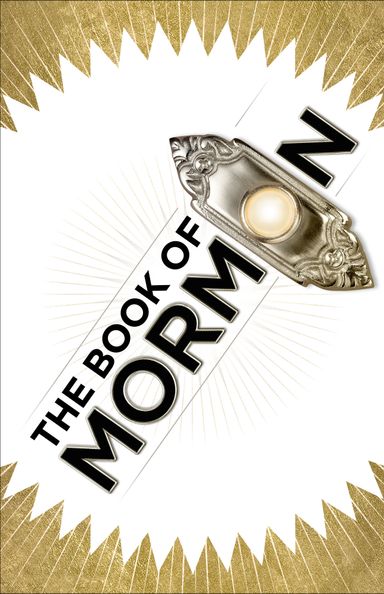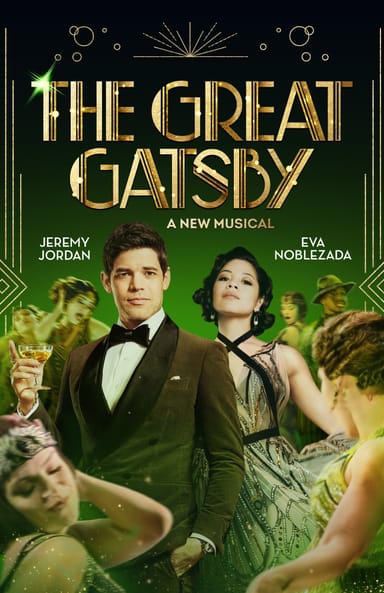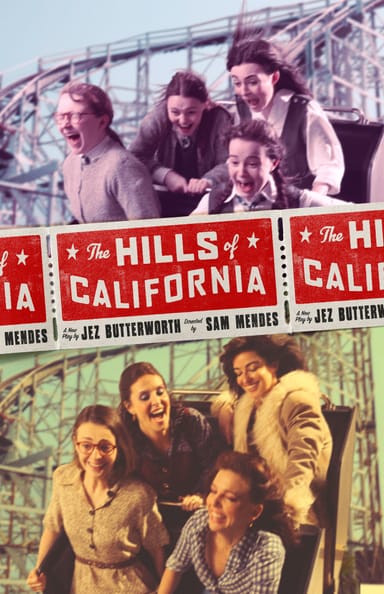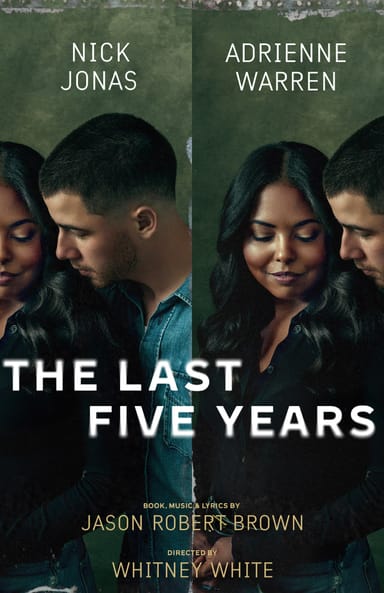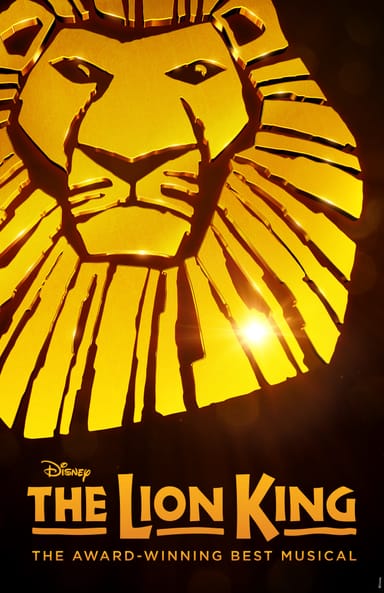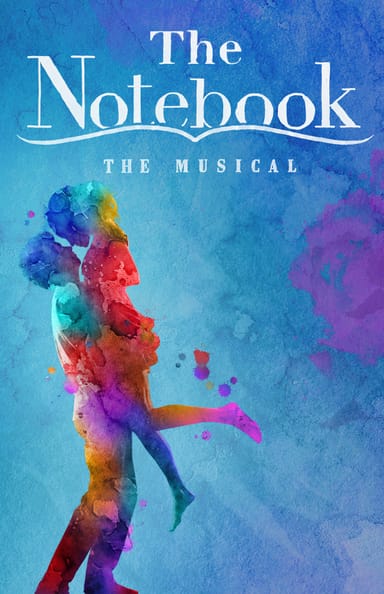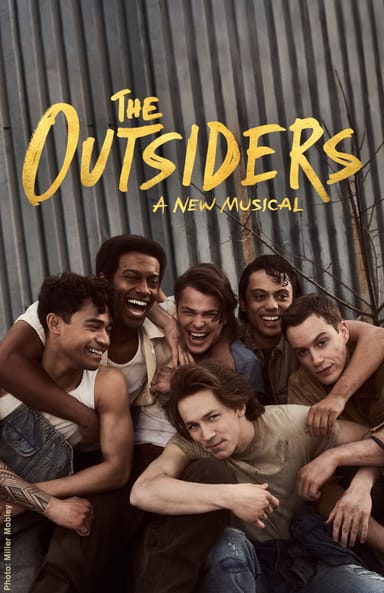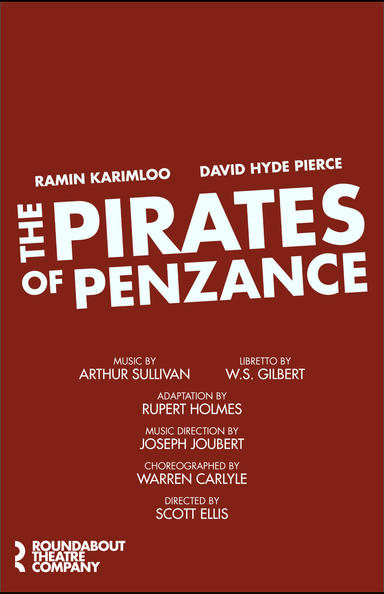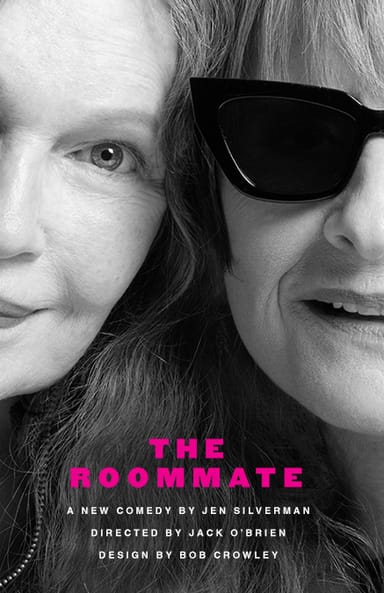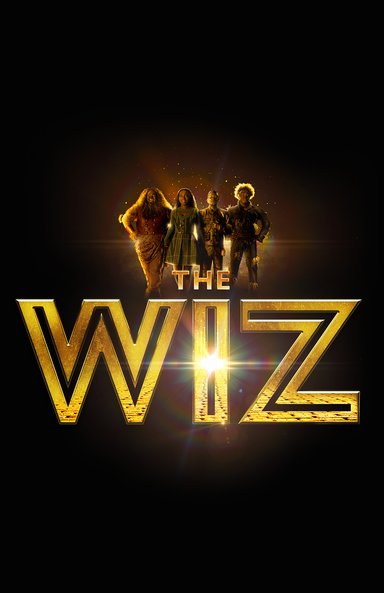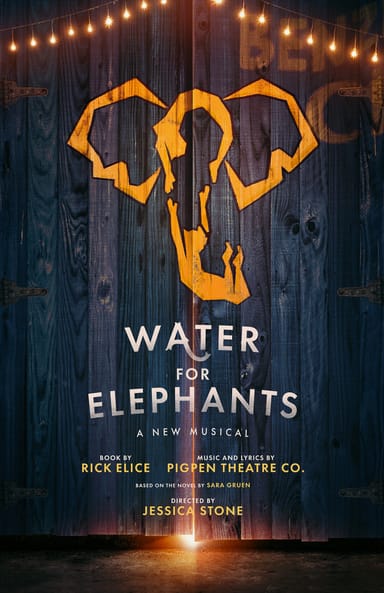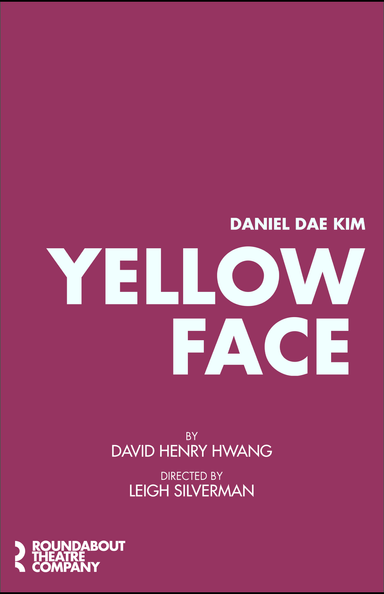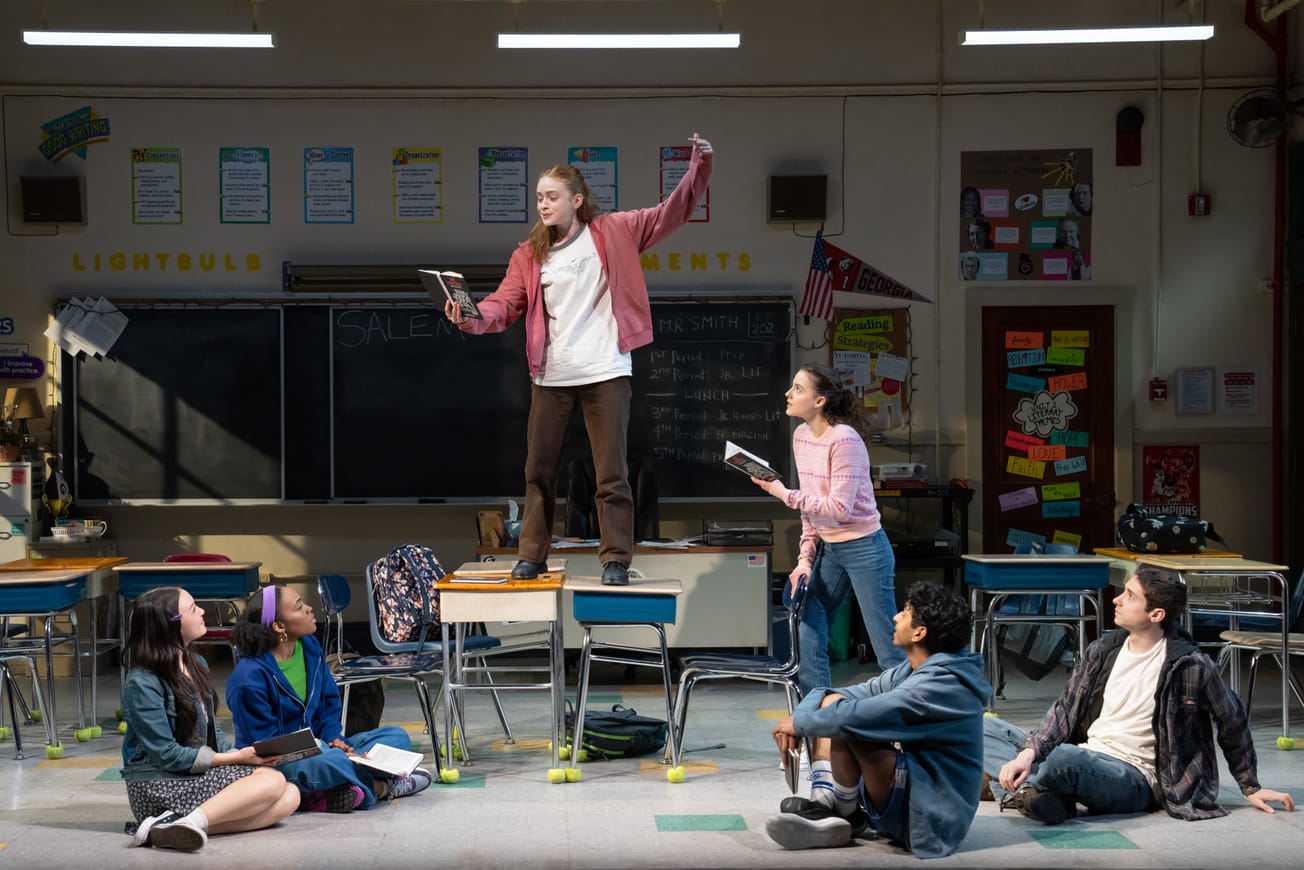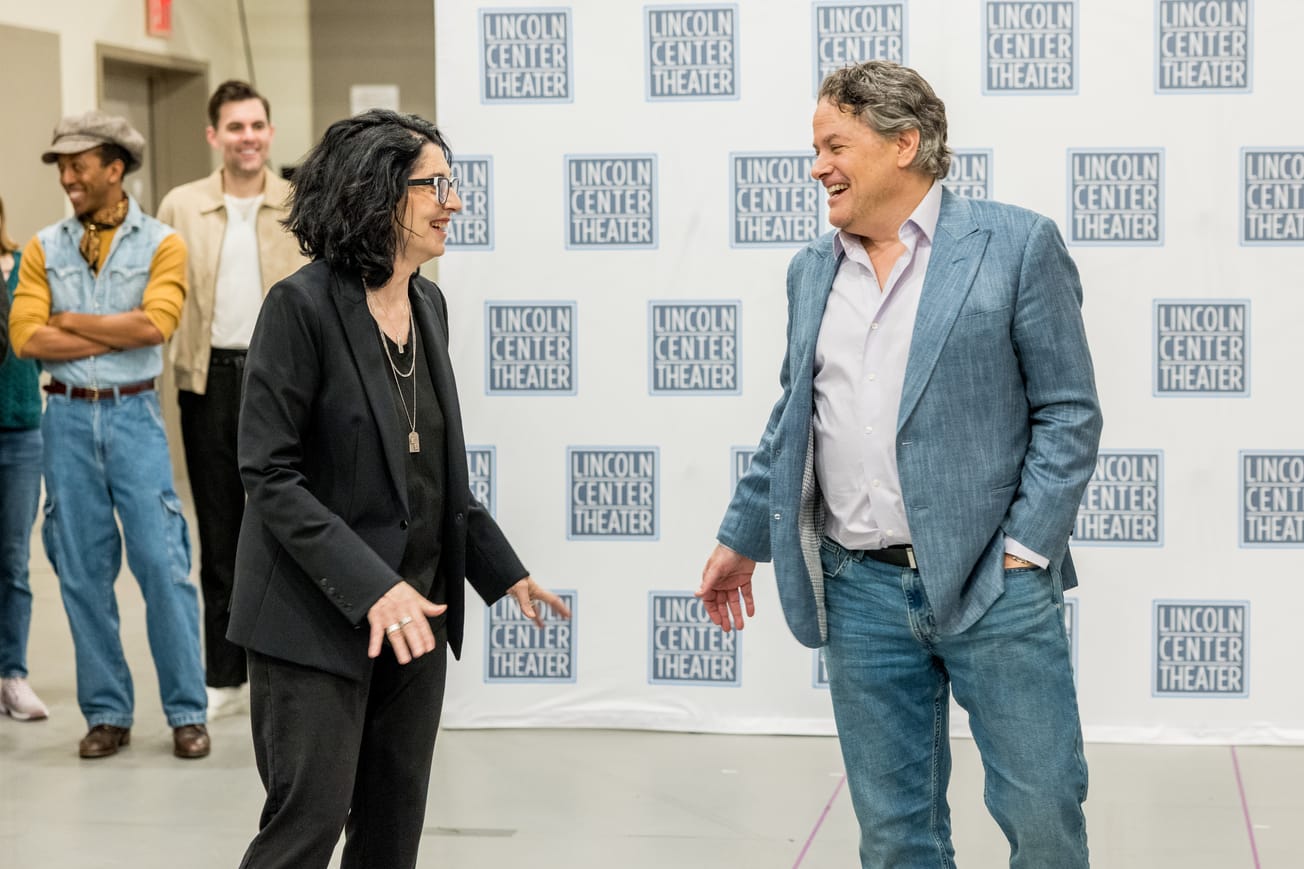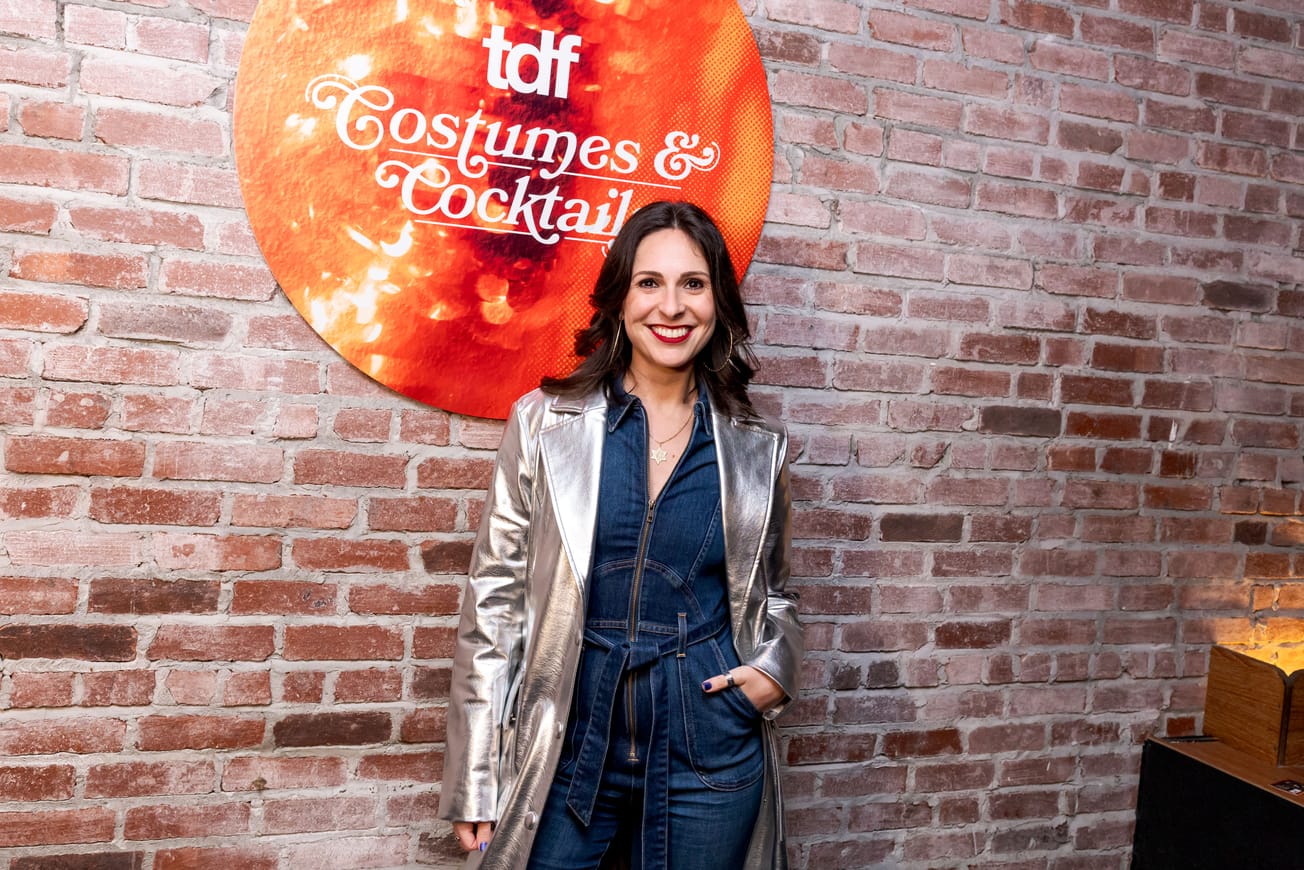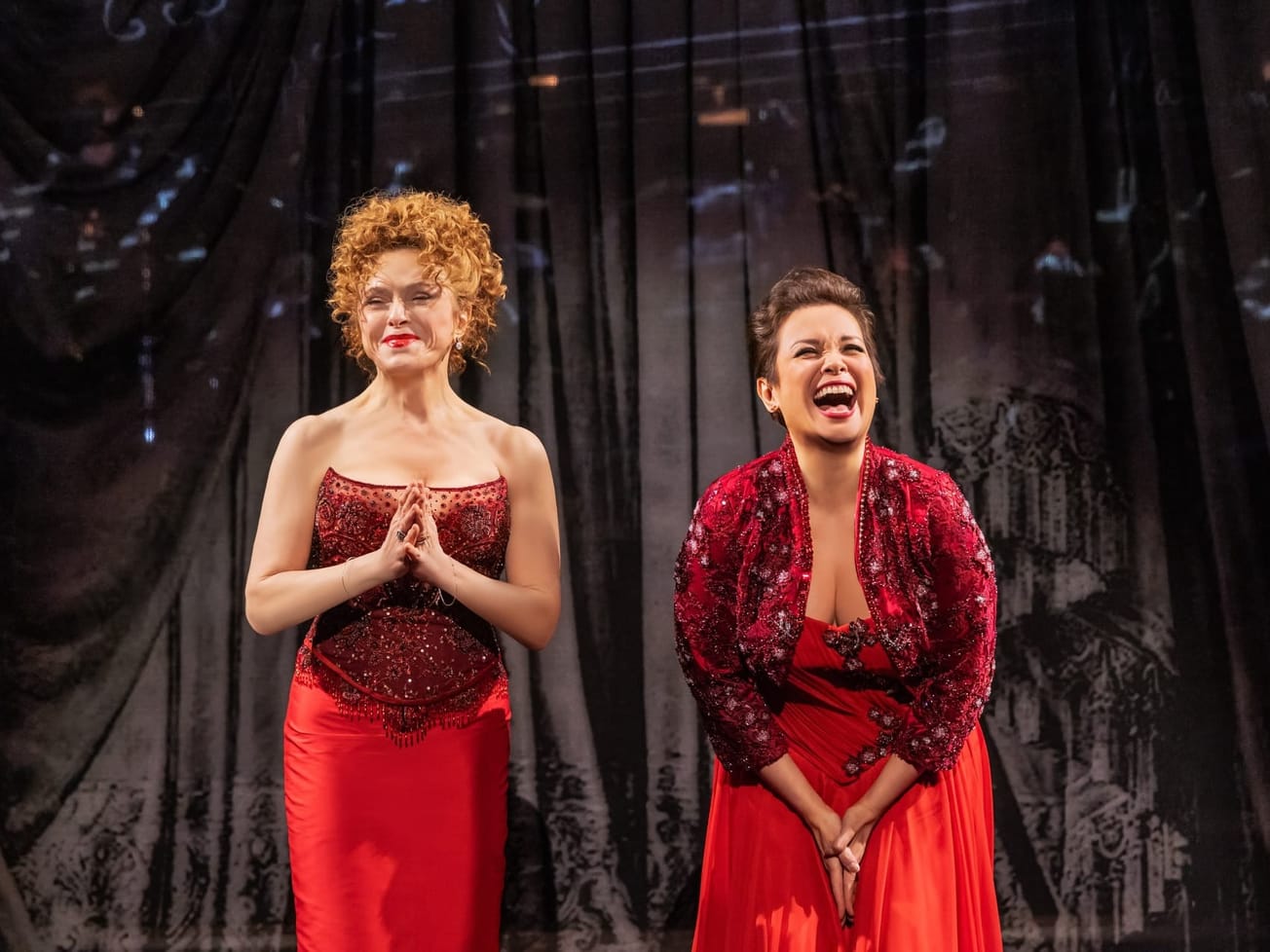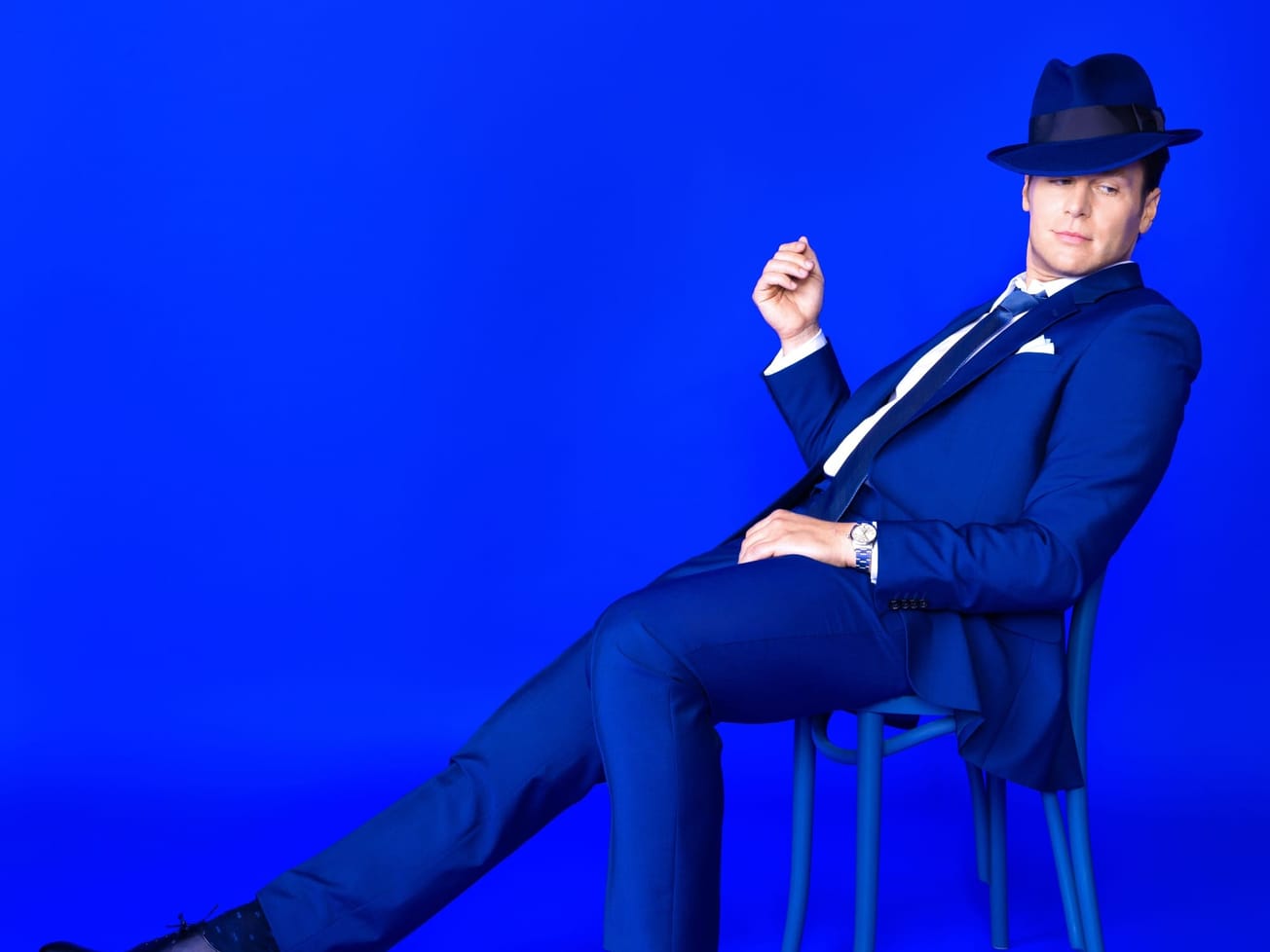Ariana Grande’s bubble dress as Glinda the Good in “Wicked” is now as iconic as Billie Burke’s in “The Wizard of Oz.” Cynthia Erivo’s swirled eyeglasses as Elphaba are as emblematic as a witch’s hat. Any “Wicked” aficionado already knows about the Fibonacci spiral that inspired Glinda’s costumes and the organic, mushroom-textured influence of Elphaba’s. And while “Wicked” is the story of these two best friends, it’s also an exploration of a changing society in Oz.
Of course, there are already many versions of Oz in the public consciousness. To costume designer Paul Tazewell’s delight, he said, “the producers really wanted to have a completely new vision for it. It opened the floodgates of possibility and what I could come up with. But then it’s the daunting task of balancing the overall themes and iconic images that come out of the ‘Wizard of Oz’ book and the movie from the 1939, the musical and the fanbase and still trying to keep it as original as possible.”
Tazewell needed to create a visual language to unite every land in Oz — the ones filmgoers have now seen in the movie’s first part and those yet to be seen in the second. For Tazewell, who is best known for his Tony Award-winning “Hamilton” design, time period is his starting point for any design, even that of a fantasy world.
“I’m always thinking about, ‘When do we want for this to feel like it’s taking place?’” Tazewell explained. “I actually went back to the original book [published in 1900] and thought, ‘If we align [the design] with a sensibility that comes out of the turn of the century, then maybe that would help it to resonate in a storybook way.”
Beginning with references to the early 20th century (“which come out of the Victorian era,” Tazewell noted), the designer then expanded his influences to the 1930s era of the “Wizard of Oz” film. The threads of these time periods are the foundation of all Oz, and then morph. As Tazewell said, “I made the decision that its period is kind of mutable.”
Tazewell began researching and designing in 2021, while simultaneously designing Broadway’s “MJ” and “Mr. Saturday Night.” By 2022, his focus became “Wicked.”
Under Tazewell’s eye, the costume department — which included a wardrobe supervisor, around a dozen design assistants, 70 costume builders and additional on-set help — brought Oz to vibrant, textured life. His designs not only tell the stories of Elphaba and Galinda, but the world from which they come. Here, Tazewell digs into the conceit for the four regions of Oz that audiences explored in “Wicked: Part One.”
Munchkinland
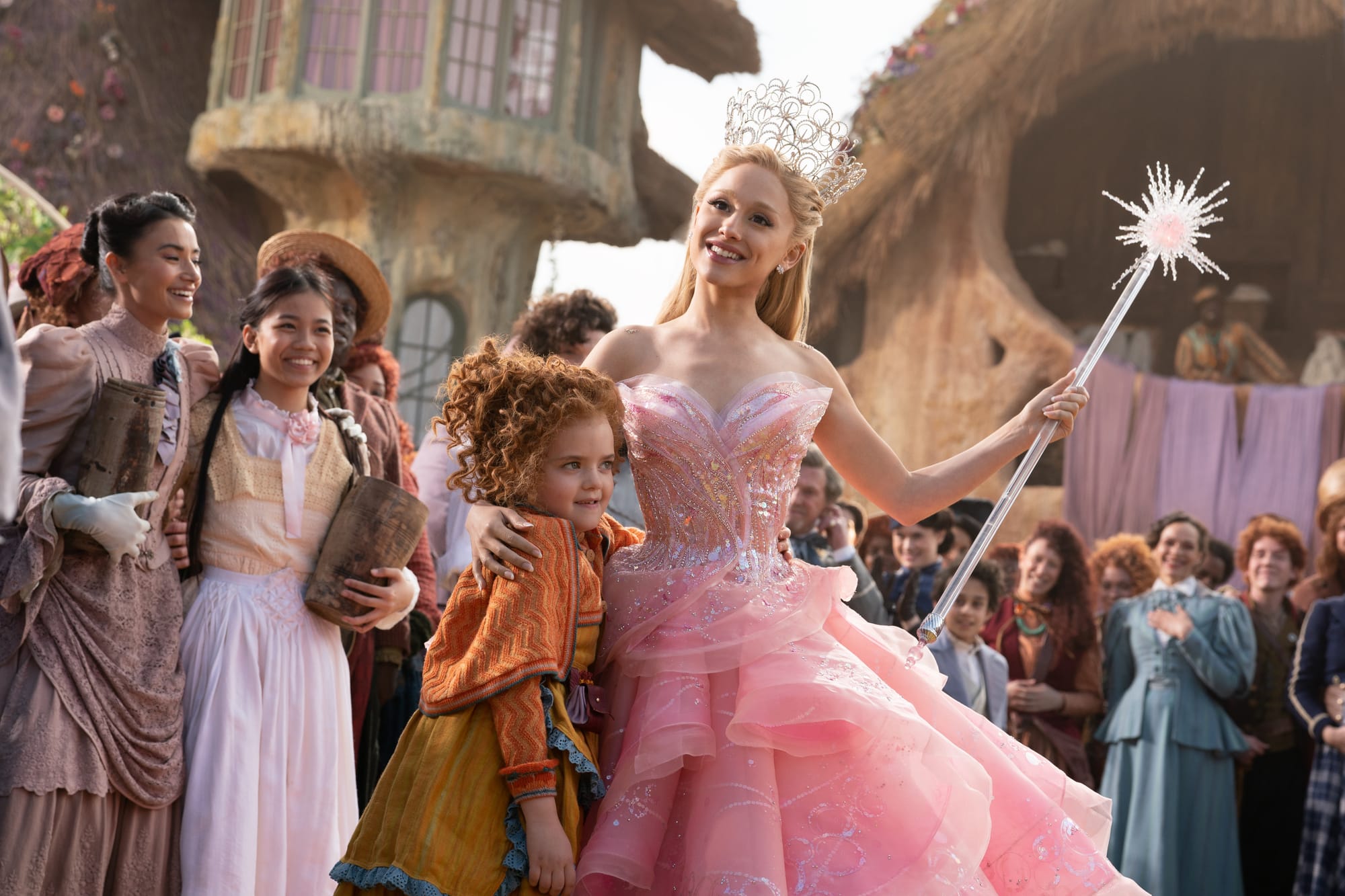
“The pair — Elphaba and Galinda — are the most important characters. Those people that surround them help to define who they are and why they’re in the clothes they’re in,” Tazewell explained. Tazewell first envisioned designs for these pillar characters and reverse-engineered the design of their homelands. “So with Elphaba, I decided she would have a Victorian silhouette, which was then connected to the rest of Munchkinland. The fashion of Munchkinland exists within that silhouette. And that was largely based on the silhouette of the 1939 Wicked Witch of the West [from the ‘Wizard of Oz’ film]. It also dips into that final dress that Elphaba wears in the Broadway show. So again, it’s managing all these icons and then bringing it back to an idea that can feel original.”

